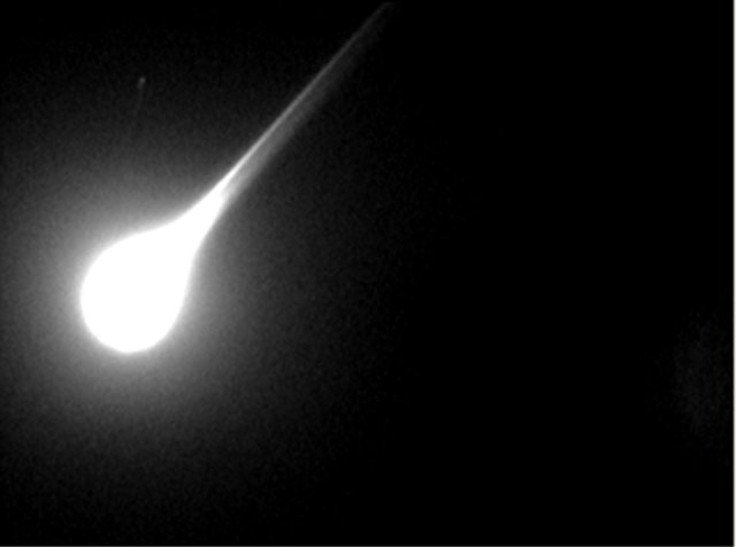Lyrid Meteor Shower 2019: When And Where To Watch Shooting Stars

A giant fireball streaking across the sky on April 16 has been linked the to Lyrid meteor shower.
The Lyrid meteor shower, also known as the April Lyrid, is an annual meteor shower which lights up the sky between April 16 and April 26. It can be observed in the brightest star in the constellation of Lyra called Vega. The peak of the shower will be on Monday, April 22.
To catch a glimpse of some shooting stars, skywatchers are advised to look up the night sky late Sunday night, early Monday morning or after midnight on Monday.
LIT UP: Meteorite streaks across the sky in southern Brazil before burning up in the atmosphere over the Atlantic Ocean. https://t.co/FsycUtDM7p pic.twitter.com/VbOQH6zTCV
— ABC News (@ABC) April 16, 2019
The 325 cases received by the American Meteor Society of a giant fireball shooting across the sky before 11 p.m. EDT on Tuesday, April 16 have been linked to the Lyrid meteor shower. The phenomenon was reported by people across the U.S. including New Jersey, Pennsylvania, Delaware, Maryland, North Carolina, Virginia, and Vermont.
Lyrid meteor shower 2019: When to see the best shooting stars in April https://t.co/oK49oh65hi pic.twitter.com/Ds3TjFvVl5
— njdotcom (@njdotcom) April 19, 2019
However, the reported meteor may not actually be related to the Lyrid meteor shower. It was more of a chunk of rock from an asteroid.
The Lyrid meteor shower is already getting active this week and will continue to be so until its peak. Astronomers said that it will be most active on Monday night up to early Tuesday morning. However, they cannot fully predict the number of meteors per hour that will be visible.
In dark rural areas where the moon is not lit, skywatchers would be able to see around 10 to 20 meteors each hour during the Lyrid meteor shower’s peak. These numbers will be reduced for people observing in urban areas packed with the city’s bright lights.
The best time to view the Lyrids is after midnight in the morning hours of Monday, April 22. https://t.co/mwa9GFqmBU
— ABC13 Houston (@abc13houston) April 18, 2019
Another factor that lessens the observed meteors will be the April full moon – also called the Pink Moon. The Pink Moon is expected to shine its brightest on Friday, April 19.
“With bright moonlight and light pollution, expect to see only about two to seven meteors per hour,” Kevin D. Conor wrote in his article psoted on jearseybest.com.
Origin of Lyrid Meteors
Lyrids frequently leave glowing dust trains behind them as they streak through the Earth's atmosphere. These trains can be observable for several seconds.
Here's a few need to know facts about April's Lyrid meteor shower. pic.twitter.com/PEx2pjIPU1
— USA TODAY Tech (@usatodaytech) April 18, 2019
They are dust particles left over by the long-period comet C/1861 G1 Thatcher. The first recorded sighting of a Lyrid meteor shower goes back to 687 BC by the Chinese. Thus, Lyrids have been observed for 2,700 years.
© Copyright IBTimes 2024. All rights reserved.





















